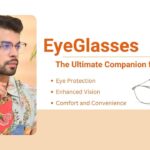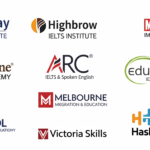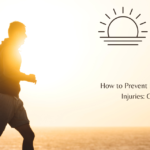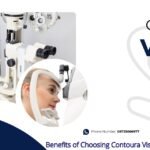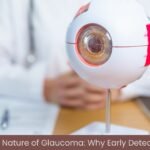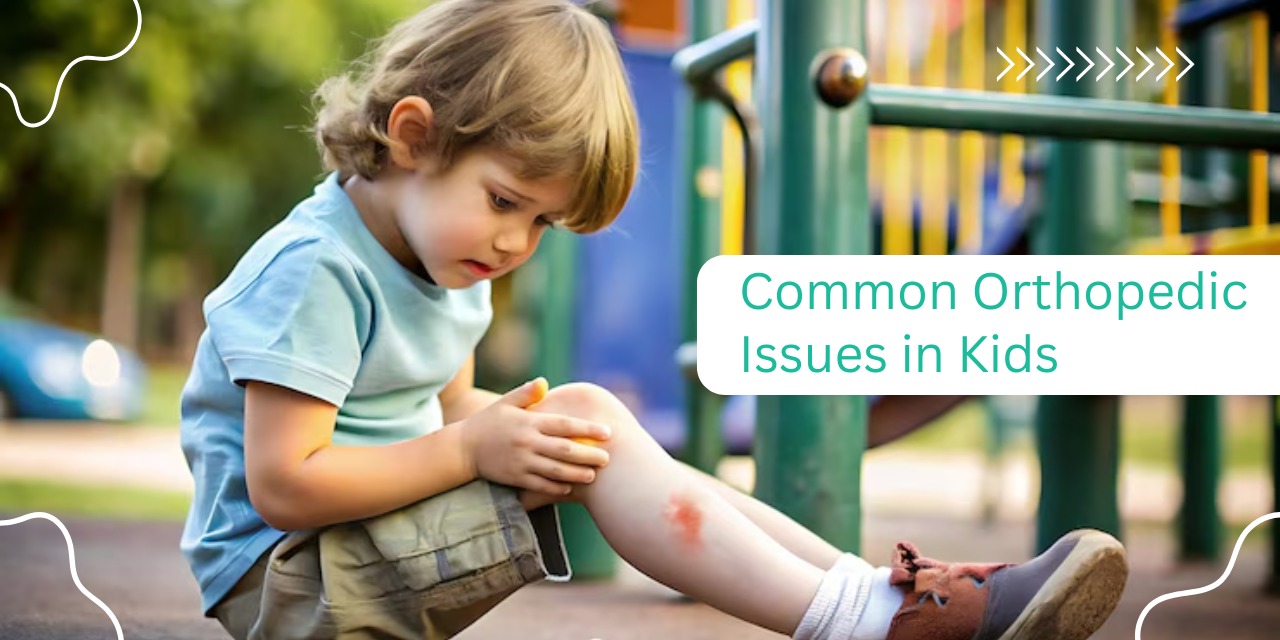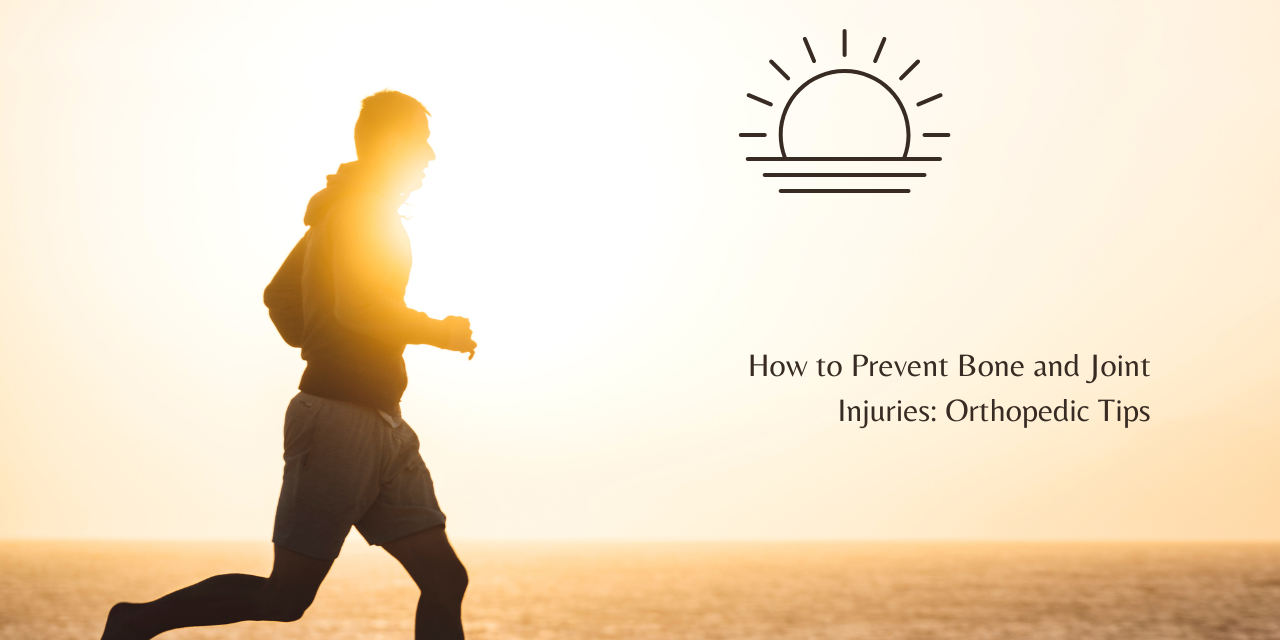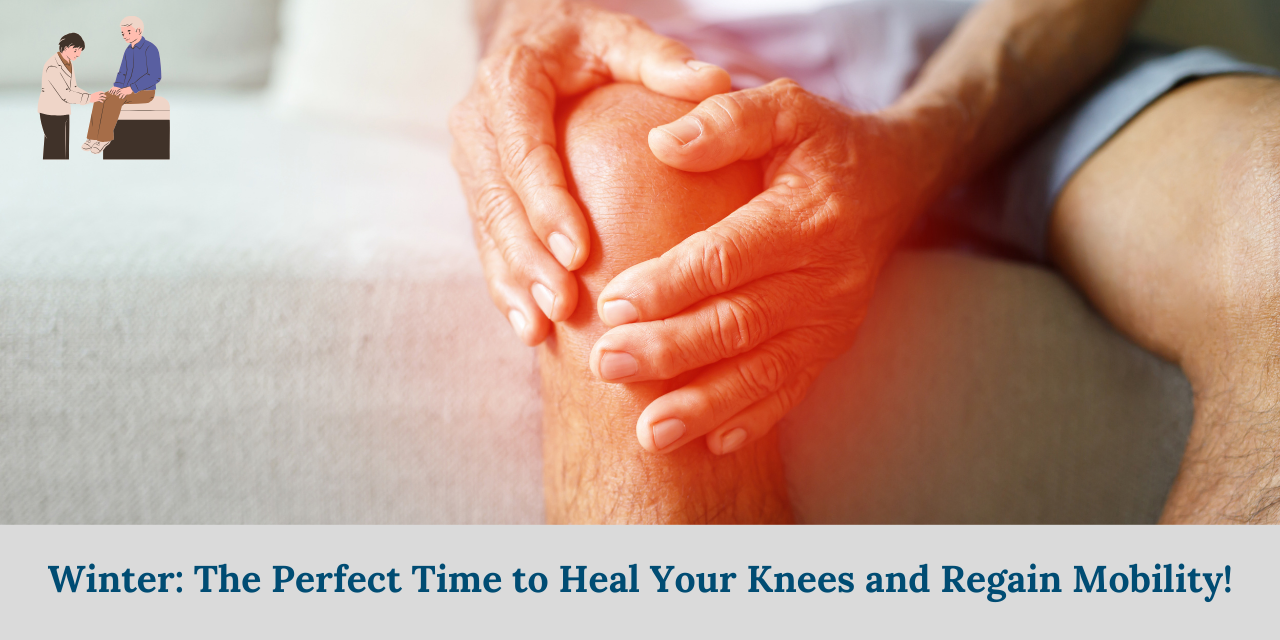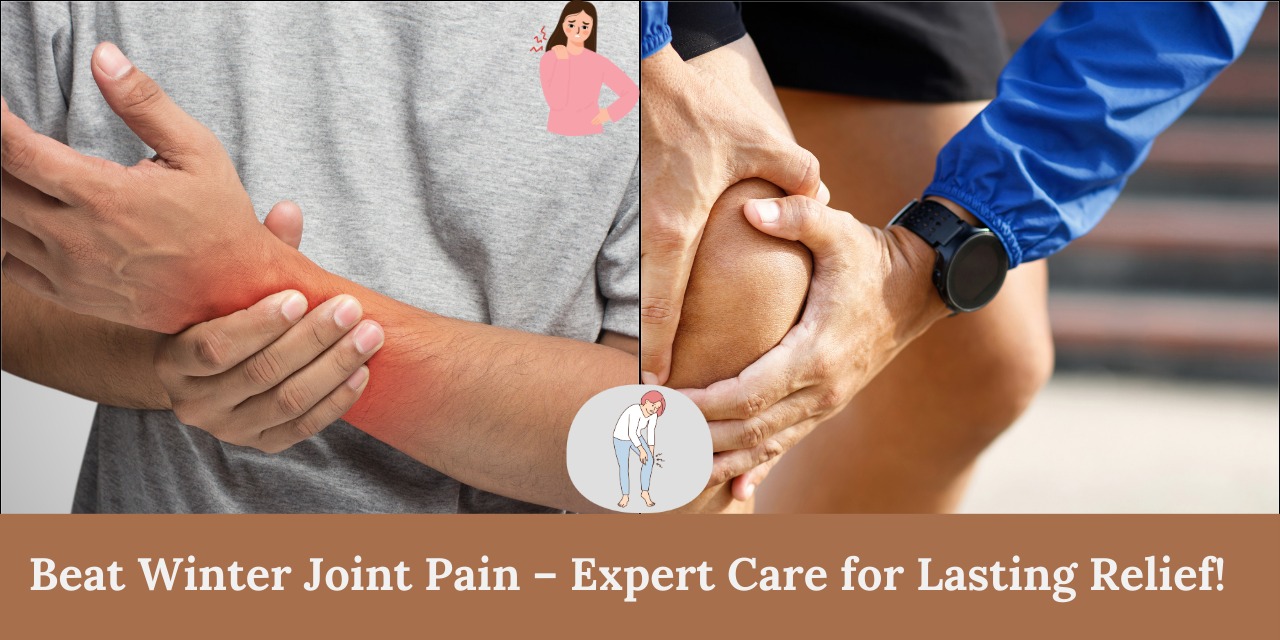Orthopedic issues in children can affect their growth, development, and overall quality of life. Identifying these problems early and seeking appropriate treatment is essential for ensuring a child’s healthy physical development. In this article, we will explore the most common orthopedic issues seen in children, their symptoms, and the importance of consulting an ortho doctor in Panchkula for effective treatment.
Meaning of Orthopedic Issues in Children
Orthopedic issues in children are problems that affect their bones, joints, and muscles. These issues can include broken bones, growth pains, flat feet, and conditions like scoliosis. Recognizing and treating these problems early is important for ensuring healthy growth and movement, helping children stay active and avoid long-term complications.
Common Orthopedic Issues in Children
⇰ Bow Legs (Genu Varum)
Bow legs, or genu varum, is characterized by an outward bending of the legs below the knees. This condition is common in infants and typically resolves itself as the child grows. However, if it persists beyond the age of two, it may indicate underlying issues such as rickets or Blount’s disease, necessitating further evaluation by an ortho doctor in Panchkula.
⇰ Knock Knees (Genu Valgum)
Knock knees occur when a child’s knees touch while their ankles remain apart. This condition is most frequently observed in children aged 3 to 6 years and usually corrects itself without intervention. Persistent cases may require monitoring or surgical options if they cause significant discomfort or mobility issues.
⇰ Flat Feet (Pes Planus)
Flat feet are common in infants and young children as they develop arches in their feet. Most children outgrow flat feet without any complications. However, if a child experiences pain or discomfort due to flat feet, an ortho doctor may recommend arch supports or other interventions to alleviate symptoms.
⇰ In-toeing and Out-toeing
In-toeing refers to a condition where a child’s feet turn inward while walking, while out-toeing is when the feet point outward. Both conditions are generally benign and often resolve as the child matures. However, persistent in-toeing may indicate internal tibial torsion or femoral anteversion, which could require further assessment.
⇰ Toe Walking
Toe walking is common among toddlers who are learning to walk. While most children outgrow this habit by age two, some may continue to walk on their toes into later childhood. If toe walking persists, physical therapy may be recommended to help stretch the calf muscles and encourage a more natural walking pattern.
⇰ Hip Dysplasia
Developmental dysplasia of the hip (DDH) is a condition where the hip joint does not properly form in infants and young children. Early detection is crucial, as untreated DDH can lead to arthritis later in life. Treatment options may include harnessing techniques for infants or surgical interventions for older children.
⇰ Fractures
Fractures are among the most common injuries in children due to their active lifestyles. Pediatric fractures often heal quickly; however, specific types such as growth plate fractures require careful monitoring as they can affect future bone growth.
⇰ Scoliosis
Scoliosis is characterized by an abnormal curvature of the spine and can develop during childhood or adolescence. While mild cases may not require treatment, moderate to severe scoliosis can lead to complications if left unaddressed. Regular check-ups with an ortho doctor are essential for early detection.
Conclusion
Understanding the most common orthopedic issues in children is essential for promoting healthy growth and development. Regular visits to an ortho doctor in Panchkula can help ensure that any potential problems are identified and addressed early.
If you are concerned about your child’s orthopedic health, consult Dr. M.S. Gupta at Raffles Hospital. You can reach out to the clinic at +919356728000 for appointments and inquiries. Your child’s health is paramount, and timely intervention can make a significant difference in their future well-being.

